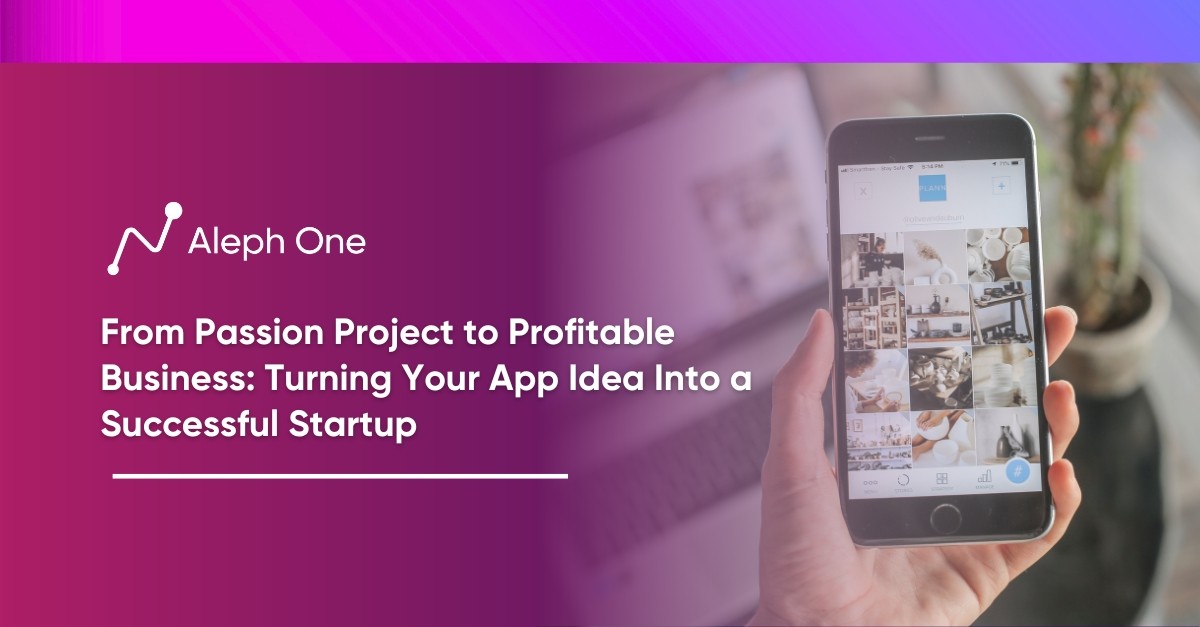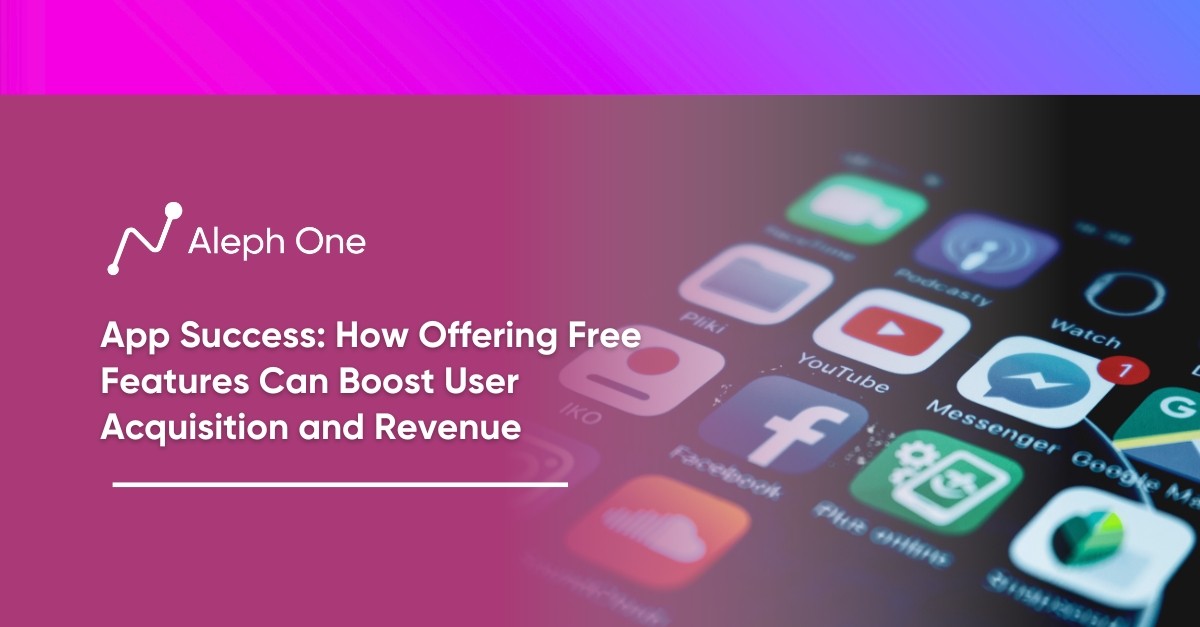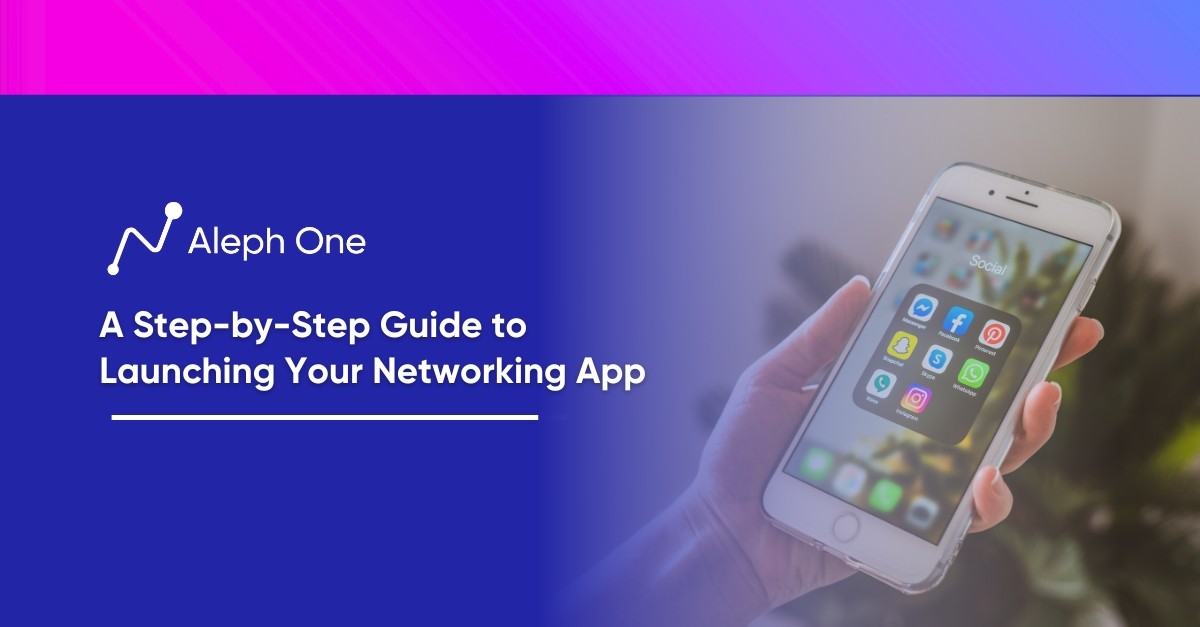Let’s work together to build something amazing. Share your project details and our team will reply to figure out the next steps to your success.

Smartphones and app stores have changed how we live and work, creating a thriving app economy that generates billions in revenue and supports millions of jobs. This article elaborates on transforming your app idea from a personal passion to a profitable startup. By validating your idea, building a minimum viable product, implementing growth hacking strategies, choosing the right monetization model, and drawing insights from successful unicorn startups like Uber, WhatsApp, Snapchat, and Instagram. We provide a comprehensive blueprint for app startup success. Follow these guidelines to embark on your unicorn journey and build the next billion-dollar app-based business.

The Rise of App-Based Businesses: How We Got Here
In the past decade, smartphones and app stores have revolutionized our lives and work. Apple’s App Store and Google Play have created a booming app economy that generates over $100 billion in revenue and supports millions of jobs. Some of the world’s most valuable startups are app-based businesses like Uber, Snap, and WhatsApp.
History of the App Economy
The app economy began in 2008 when Apple launched the App Store for the iPhone 3G. It gave developers an easy way to build and distribute mobile apps to millions of users. Just one year later, the app store model was replicated by Google with the Android Market (now Google Play). These digital marketplaces made apps accessible to billions of smartphone owners worldwide.
Massive Industry and Economic Driver
The app economy has since become a massive industry and economic driver. There are over 5 million apps across iOS and Android, and the average smartphone owner uses over 30 apps per month. In 2019, consumer spending on mobile apps reached $120 billion, and the app economy supports 4.7 million jobs in the U.S. alone. Some of the most valuable private tech companies in the world are app startups, including Epic Games ($17.3 billion), Instacart ($7.6 billion), and Coinbase ($8 billion).
App Startups – WhatsApp, Facebook, SnapChat
A few app startups have achieved “unicorn” status, surpassing $1 billion in valuation. WhatsApp was sold to Facebook for $22 billion in 2014. Snap’s Snapchat app has a market cap of $33 billion. Uber, the popular ride-sharing app, has a valuation of $82 billion.
The rise of smartphones and apps has enabled new types of digital businesses. With the right idea and execution, app startups have the potential for hypergrowth and billion-dollar valuations. The app economy provides endless opportunities for aspiring entrepreneurs to turn their passion into a profitable business. With the blueprint for success and lessons from previous unicorns, anyone can build the next great app-based startup.
From Eureka Moment to Minimum Viable Product: Validating Your Billion-Dollar Idea
Every successful startup begins with an idea that solves a real customer problem. But how can you determine if your idea for an app-based business has the potential to become the next unicorn? The key is validating your idea through customer research before investing months of time and resources in building a product.
Validate the Problem
Talk to people in your target market to confirm that the problem you want to solve is real and painful for them. Ask open-ended questions to understand their experiences and frustrations. Look for common themes in their responses to determine if there is a widespread need.
Validate Your Solution
Next, validate your solution. Describe the solution you have in mind and get feedback from potential customers. Ask them if they would use and pay for an app with those features and functionality. Be open to suggestions about alternative or additional solutions to meet their needs.
Target Market
Finally, validate your target market. Assess whether your potential customers are numerous enough, accessible, and willing to pay for your solution. Look at the total addressable market to evaluate if the opportunity is big enough to build a sustainable business.
Building an MVP
With a validated idea, you can build a minimum viable product or MVP to test it in the real world. Your MVP should have just enough features to be usable by early customers, who can provide feedback to improve the product. Release your MVP as soon as possible, even if it’s not perfect. You need to get it in front of customers to prove the viability of your idea.
Analyze and Determine Product-market Fit
Talk to people using your MVP and analyze usage metrics to determine if you have a product-market fit. You’ll know you’re onto something if customers are engaged and enthusiastic. If not, you may need to pivot by changing your features, target market, or business model. An MVP allows you to fail fast and adapt before you’ve invested too much time and money.
With a validated idea and MVP, you’ll have the foundation to turn your passion for an app into a successful business. But you need to continue the cycle of building, measuring, and learning to create an experience that provides real value to customers. Follow this blueprint, and you’ll be on your way to building the next unicorn.
The Blueprint for App Startup Success: A Step-by-Step Guide
To turn your app idea into a successful business. Here is a step-by-step blueprint for launching and scaling an app startup:
1. Define Your Mission and Vision
What problem are you solving? What will your company look like in 5-10 years? Establish your mission and vision to guide your team.
2. Determine Your Business Model
Will you make money through subscriptions, ads, paid downloads, or in-app purchases? Calculate how much revenue you need to sustain your operations. Select a model that aligns with your mission and target users.
3. Build Your Minimum Viable Product
Develop a simple first version of your app to test your business model’s key features and assumptions. Get customer feedback and iterate before investing in a full-scale product.
4. Recruit Your Team
Hire technical cofounders and developers to build the app, marketing experts to drive growth, and business generalists to handle operations. For early roles, consider part-time or contract workers to minimize costs.
5. Market Your App for Hypergrowth
Use social media, influencer partnerships, and referral programs to spread the word about your app. Run A/B tests to optimize conversion at every point in the user journey. Personalize your messaging based on user data and behavior.
6. Secure Funding For Scale
Once you have initial traction, pursue funding from angel investors, venture capital firms, or crowdfunding. Be prepared to give up equity in exchange for capital to accelerate your growth.
7. Scale Your Startup
Expand into new geographic markets and build more advanced product features. Continue optimizing your business model and user experience. Solidify your position as a leader in your industry. With hard work and persistence, your passion project could become the next billion-dollar unicorn.
Following this roadmap won’t guarantee success, but it will put you in the best position to turn your app idea into a thriving business. Stay flexible, learn from failures, and persevere through obstacles—that is the true formula for startup success. Keep your vision top of mind at every step, and don’t lose the passion that started it all.
Growth Hacking: How to Acquire 100M+ Users
Once you have built your minimum viable product and validated your app idea, it’s time to focus on growth. Growth hacking refers to innovative and unconventional methods for rapidly acquiring new users. If you want to reach 100 million users or more, creativity is key.
Create Viral Loops
One of the most effective growth hacking strategies is creating viral loops. This means building ways for users to automatically spread your app to their friends and social networks. For example, Snapchat incentivized users to get their friends on the app by offering extra “lenses” and filters that could only be accessed once a certain number of friends joined. Referral programs are another viral technique, rewarding users who get their friends to download and engage with your app.
Influencer Marketing
Influencer marketing is a popular strategy for fueling growth. Identify influencers with large followings of potential customers and reach out to them to try your app. If they like it, they may share it with their followers or even create content about your app if they like it. But be careful to work only with influencers genuinely interested in your product. Their followers will be able to spot disingenuous recommendations, which can backfire.
A/B Testing
A/B testing different versions of your app is critical to optimizing growth. You may test various color schemes, copy, images, or user flows to determine which options resonate most with your target audience. Even small changes can lead to big increases in conversion and retention rates. Analyze the data to understand what’s working and make adjustments to improve the customer experience.
The ultimate goal is to create a seamless conversion funnel that guides users from discovery to becoming highly engaged customers. Study how other successful apps have designed their funnels and look for ways to remove friction or drop-off points in your funnel. Growth hacking is an ongoing process of constant experimentation and optimization to achieve hypergrowth. With enough creativity and persistence, any app has the potential to reach millions of users.
Monetization Models for the Digital Age: How to Make Money from Your App
In today’s app economy, there are several proven models for generating revenue from your mobile app. The monetization model you choose will depend on your app’s purpose and target audience.
Subscription Models
Subscription models are popular for apps that provide ongoing value to users. Apps like Netflix, Spotify, and Headspace charge monthly or annual subscription fees. This model offers predictable recurring revenue but may deter some users who prefer free apps.
In-App Purchases
In-app purchases allow users to access premium features or content for a fee. Many gaming apps like Candy Crush and Clash of Clans are successful with this model, charging for virtual goods and power-ups. In-app purchases are a good option if you have a free app and want to upsell dedicated users to paid features. However, you risk annoying users if the in-app purchase prompts become too pushy.
Advertising
Advertising is a simple way to monetize your app without charging users. You can show ads in your app and earn money when users view or click the ads. Social media apps like Instagram and Snapchat have built media empires in advertising. But ads may clutter the user experience and turn off privacy-conscious users.
Paid Downloads
Paid downloads mean charging users an upfront fee to download your app. This model is riskier since many users expect free apps, but creating a high-quality app that provides real value can be rewarding. Productivity apps like Scanner Pro and games like Minecraft have succeeded with paid downloads. However, it is difficult to compete against the multitude of free apps.
The best approach is often to combine multiple models. For example, you can charge for paid downloads or in-app purchases while showing ads. Or offer a free version of your app with ads and a premium ad-free version with a subscription. You can optimize your monetization strategy by testing different models and building a profitable business from your app. With hard work and the right model, your passion project could become the next billion-dollar app startup.
Secrets of the Unicorns: Lessons from the Billion-Dollar Startups
Some of the most successful startups of the last decade have been apps. Companies like Uber, WhatsApp, Snapchat, and Instagram have achieved the coveted “unicorn” status, reaching over $1 billion in valuation. Studying these unicorns can uncover strategies and lessons that apply to any startup.
Uber
Uber’s success stems from solving a real problem—the frustration of finding a taxi or paying high prices for a ride. They built a seamless experience, made requesting and paying for a ride easy, and scaled rapidly through word-of-mouth and referral programs. Uber didn’t invent anything new; they just improved the experience of getting from A to B. Any startup can succeed by finding a common problem, building a simple solution, and focusing obsessively on the customer experience.
WhatsApp grew to over 1 billion users by keeping their app simple, fast, and focused on messaging. They avoided extra features and cluttered interfaces. Startups should focus on doing one thing exceptionally well. Simplicity and efficiency are key.
SnapChat
Snapchat built an ephemeral photo-sharing app that tapped into younger users’ desires for authenticity and privacy. They fostered a sense of fun and community. Their growth has shown that startups can succeed by targeting niche audiences, especially younger people looking to escape the permanence of platforms like Facebook.
Instagram grew by making photo-sharing beautiful and inspiring. They tapped into users’ aspirations and harnessed the power of influencers and hashtags. Startups can achieve huge success by connecting people around passions and interests, then building a platform where those connections can thrive.
Go From Zero to Startup App Unicorn
The lessons from these unicorns are clear. Solve a real problem. Focus obsessively on the customer experience. Keep things simple. Build a passionate community. Growth hack by harnessing networks and influencers. Success may not happen overnight, but by following the examples of those who have come before us, any startup can embark on their unicorn journey. The opportunity is out there—you have to build it.
FAQ
Can you elaborate on the main challenges faced by startups in creating app-based businesses?
Startups often face challenges such as identifying a valuable and unique app idea, securing initial funding, and assembling a competent team of developers, marketers, and other needed roles. Additionally, they must continually fine-tune the app based on user feedback to ensure an optimal user experience. Attracting and retaining users in a highly competitive digital market is also a significant challenge.
In terms of monetization, which model among subscription, in-app purchases, advertising, and paid downloads stands as the most successful and why?
The success of a monetization model depends largely on the type and purpose of the app. Subscription models work well for services that offer ongoing value, such as media streaming or fitness apps. In-app purchases are successful in gaming apps and content-driven apps where users can buy additional content. Advertising is a popular option for social media and free apps with a wide user base. Paid downloads are best for high-value premium apps where the user is expected to receive significant value from a one-time payment.
What is the role and significance of growth hacking in the success of an app-startup? Are there certain rules or best practices in growth hacking?
Growth hacking plays a crucial role in rapidly scaling an app-based startup. It involves implementing creative and low-cost strategies to acquire and retain users. This often includes virality techniques such as referral programs, influencer outreach, and social media promotion. Effective growth hacking requires constant A/B testing and data analysis to understand user behavior and optimize performance. One of the best practices in growth hacking is prioritizing action that leads to the highest user growth and maintaining a culture of experimentation and learning.
Get the latest news and updates from Aleph One in your inbox.



